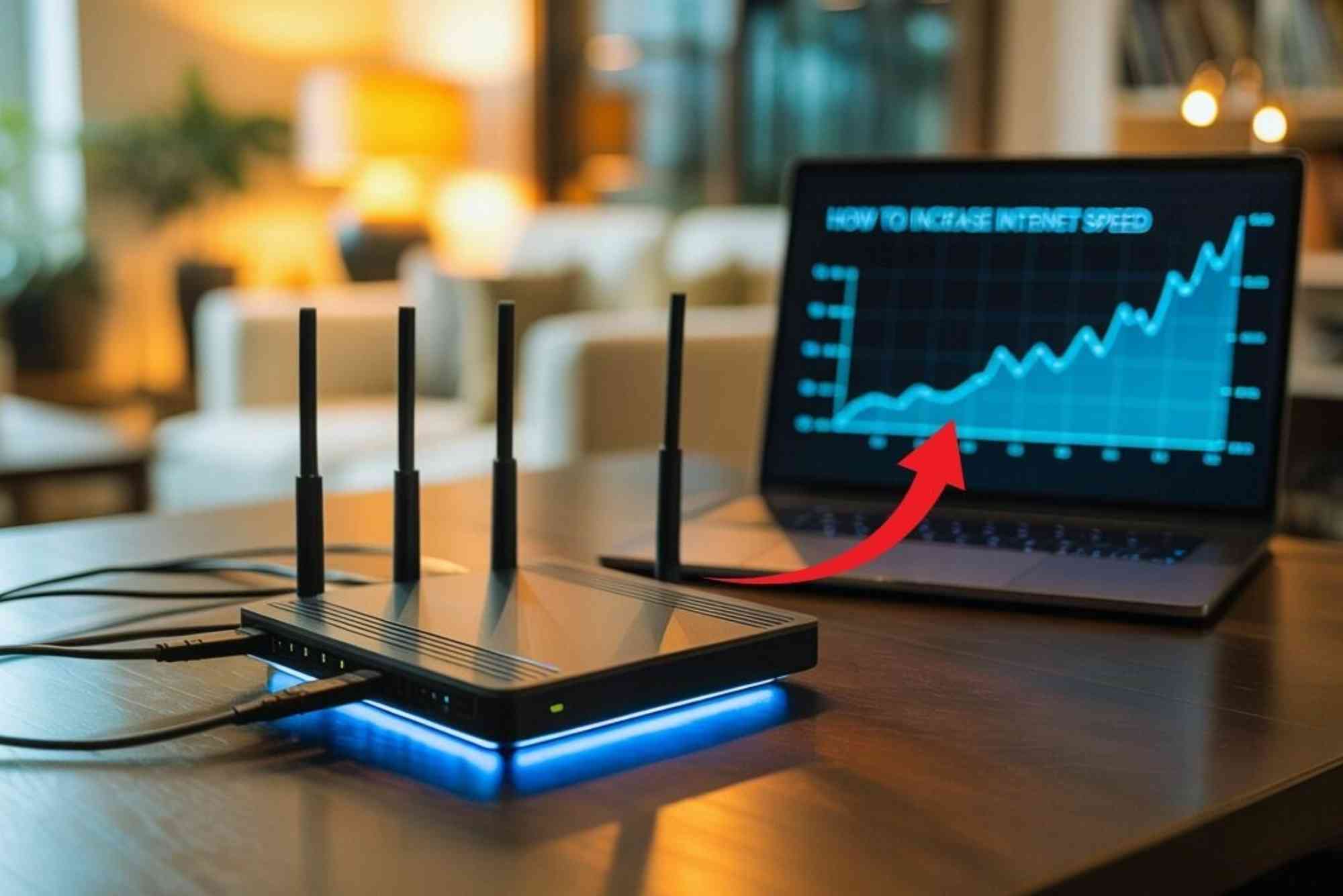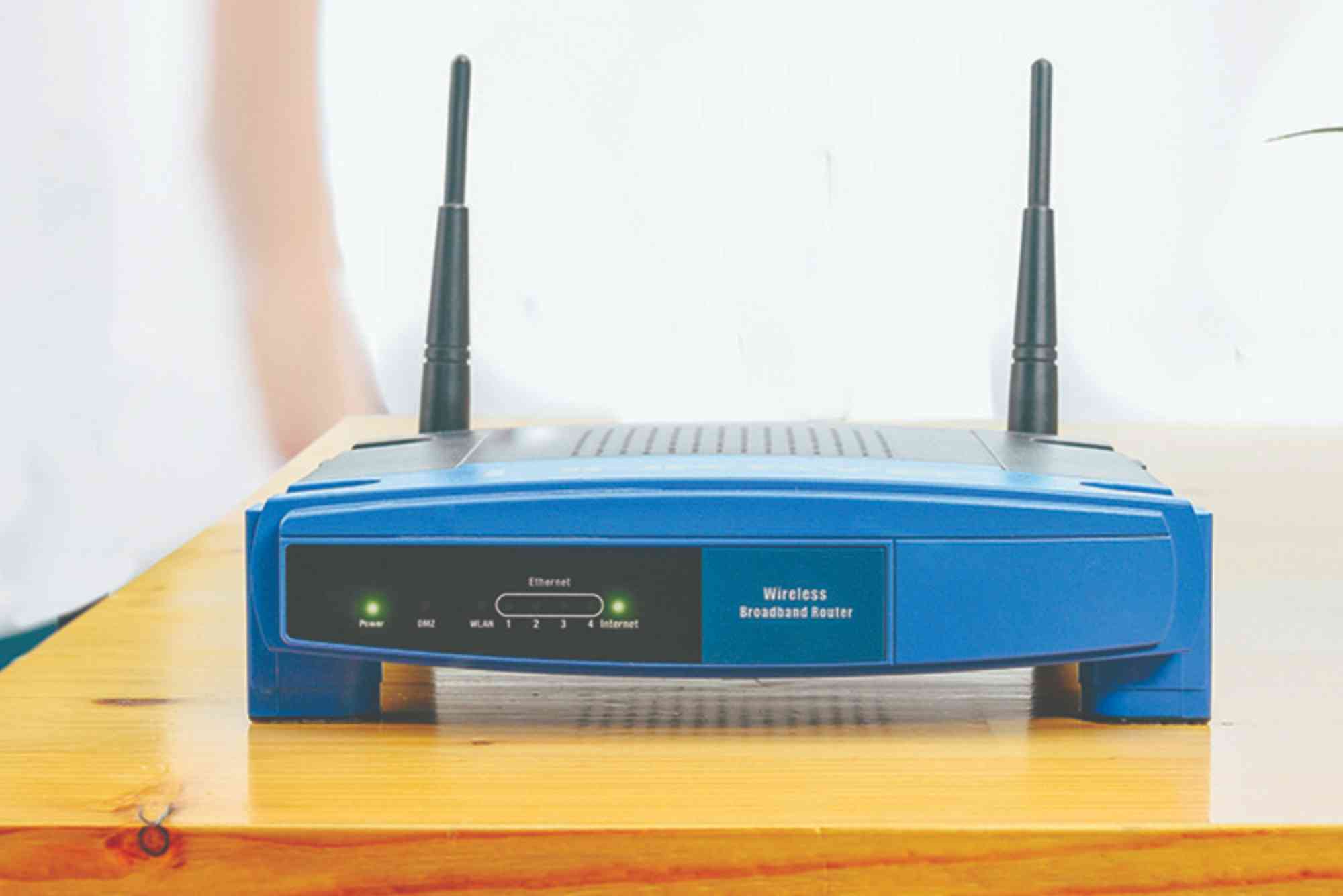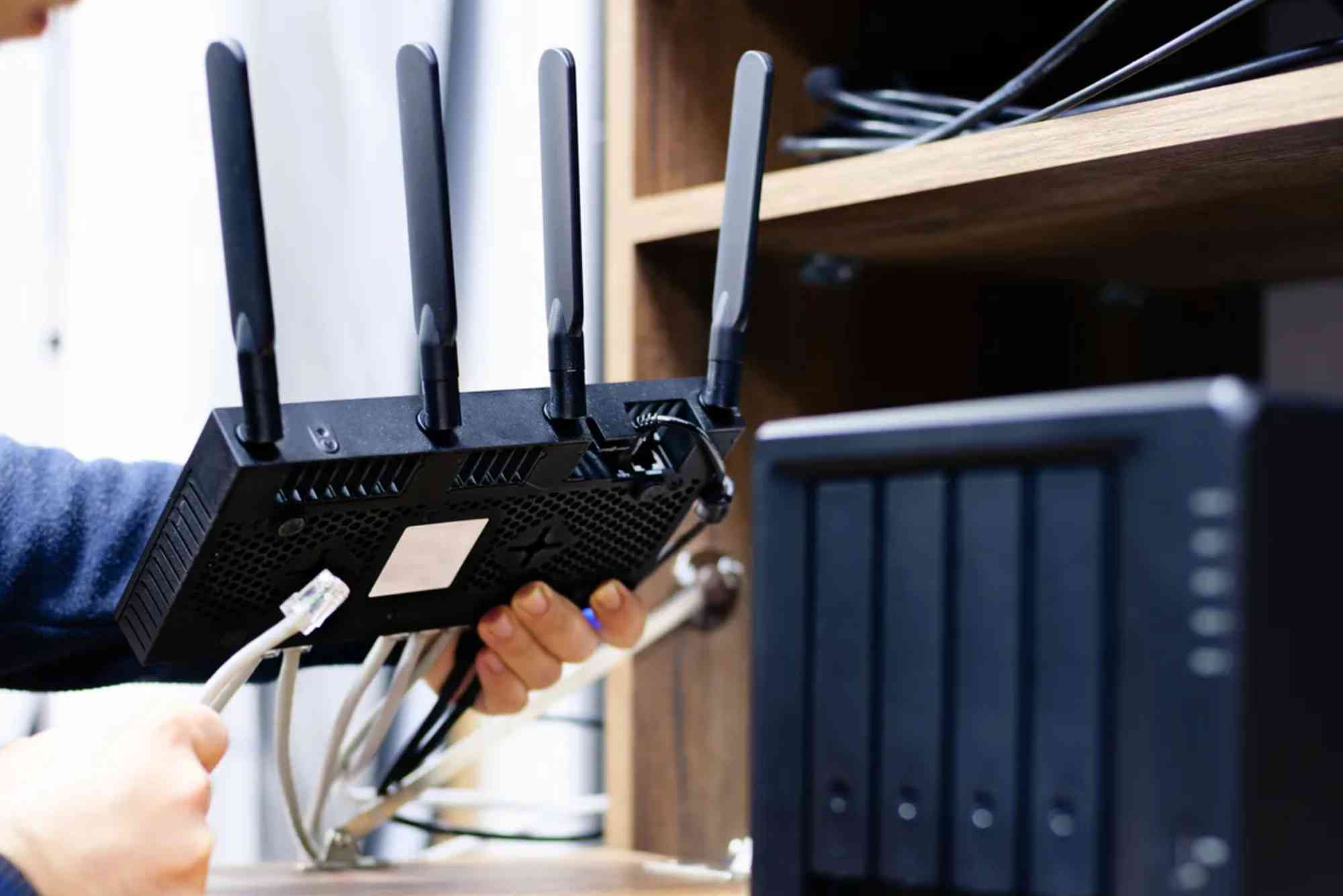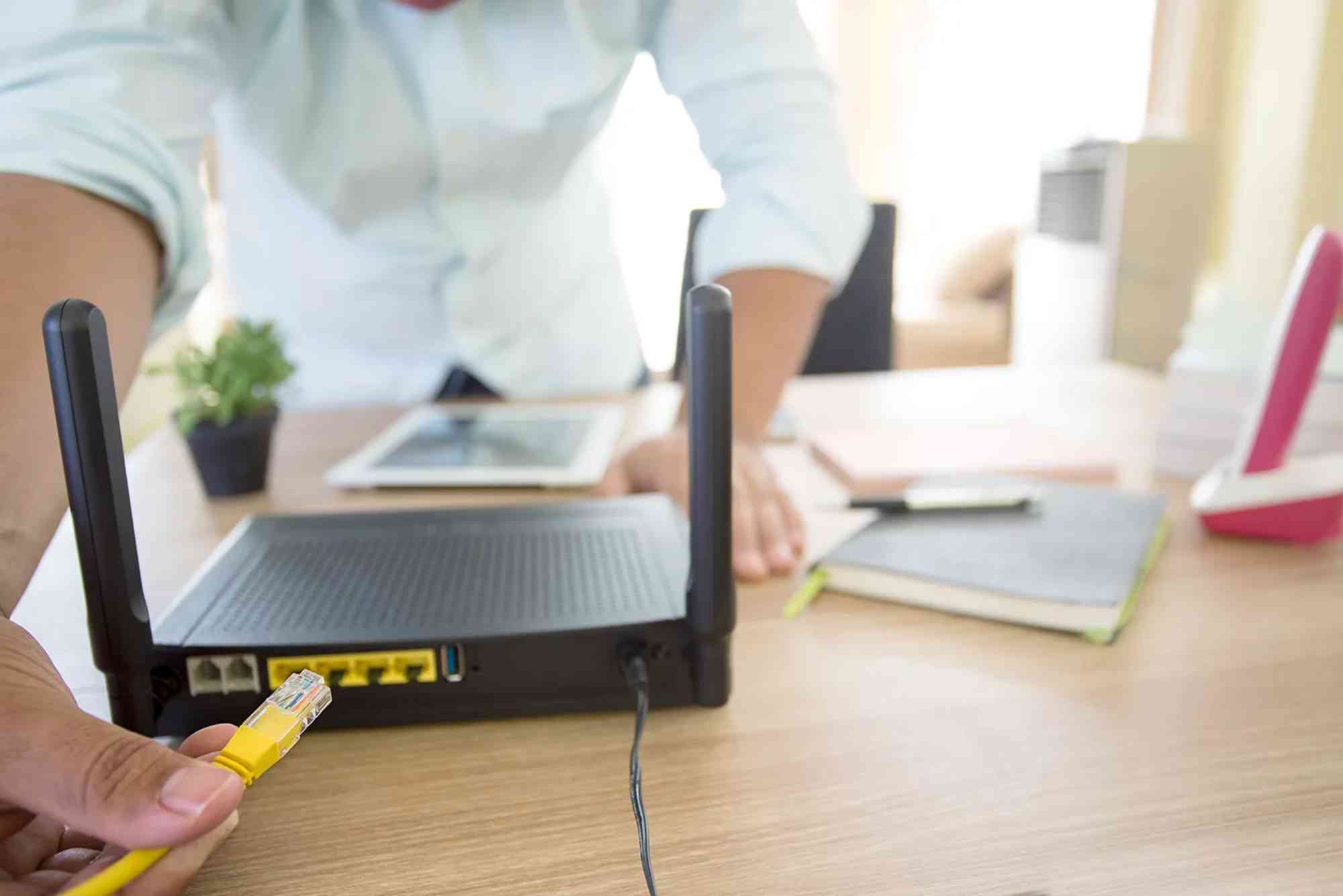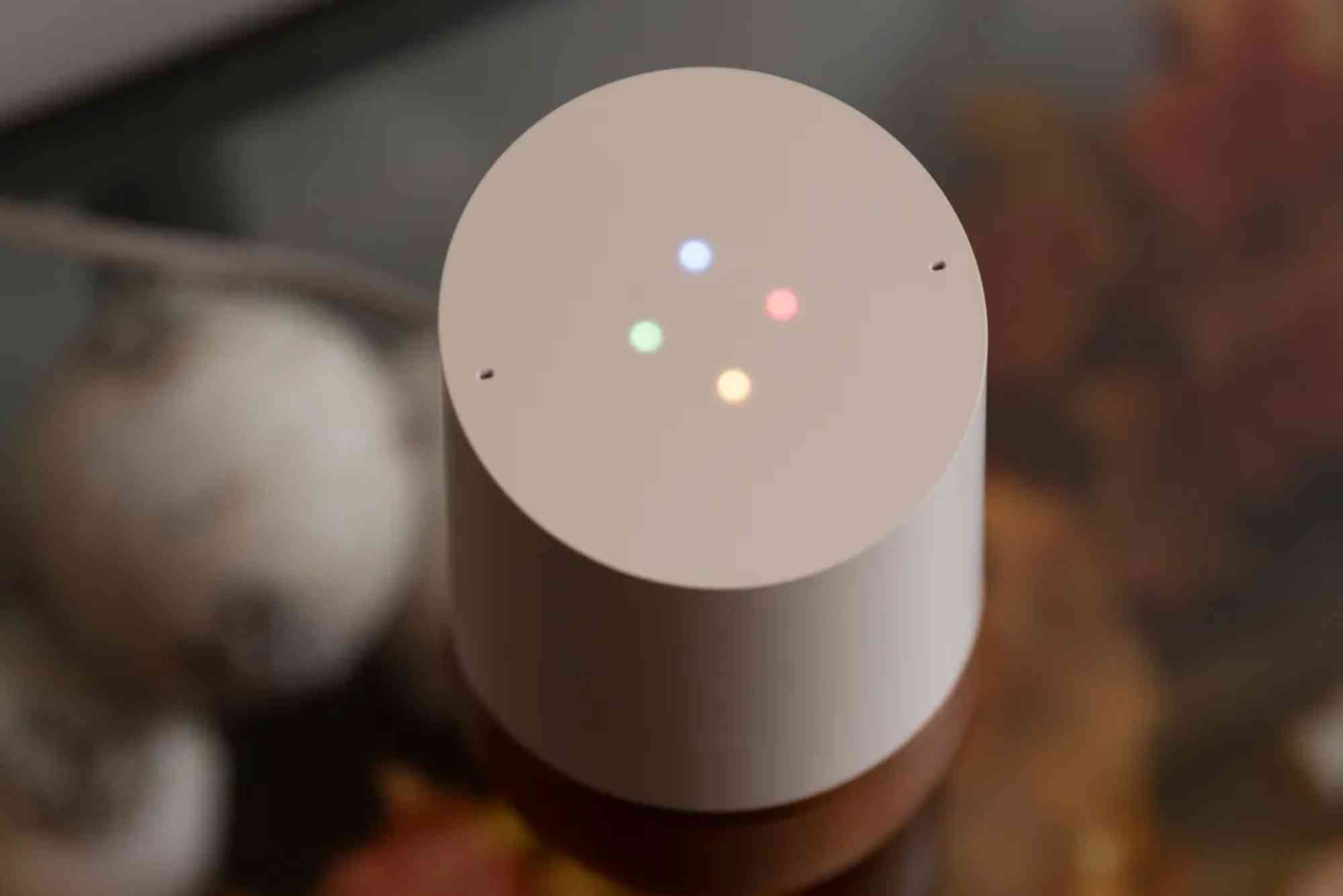How to Extend the Range of Your Mesh Wi-Fi Network
A strong and reliable internet connection has become a necessity in every home. Whether you are working remotely, gaming online, or streaming movies, uninterrupted Wi-Fi makes all the difference. However, many users face connectivity drops or weak signals in certain areas. The solution often lies in understanding how to extend mesh Wi-Fi range effectively.
Mesh Wi-Fi systems are designed to eliminate dead zones and provide seamless coverage. But sometimes, even with a mesh network, you may notice weak spots. This article explains practical ways to boost and extend your mesh Wi-Fi coverage, ensuring every corner of your home or office enjoys a stable internet connection.
Why Mesh Wi-Fi Networks Need Range Extension
Mesh Wi-Fi systems work by using multiple nodes (or satellites) that connect with each other to create a unified wireless network. Unlike traditional routers, they provide better coverage by distributing signals across your space.
Still, challenges like thick walls, large floor areas, and interference from other devices can limit the range. That’s where learning how to extend mesh Wi-Fi range becomes essential.
Best Methods to Extend Mesh Wi-Fi Range
Here are proven strategies to maximize coverage and strengthen your network:
Optimize Placement of Mesh Nodes
One of the simplest yet most effective ways to extend range is by positioning your mesh nodes strategically.
- Centralized Location: Place the main router in a central spot to distribute signals evenly.
- Avoid Obstacles: Keep nodes away from thick walls, metal objects, and large appliances.
- Line of Sight: Ensure at least one node is within direct sight of another for stronger connectivity.
Add More Mesh Nodes
If your home or office covers multiple floors or has extended outdoor areas, adding extra mesh nodes can help. Each new node expands coverage, ensuring no dead zones remain.
- Large Homes: Place nodes on each floor for seamless connectivity.
- Outdoor Coverage: Install weatherproof nodes for backyards or patios.
Use Ethernet Backhaul
For better performance, connect mesh nodes using Ethernet cables. This setup reduces wireless interference and boosts speed.
- Stable Connection: Perfect for high-demand areas like offices.
- Future-Proofing: Supports higher bandwidth for gaming and streaming.
Minimize Signal Interference
Electronic devices like microwaves, cordless phones, and Bluetooth speakers can disrupt Wi-Fi signals.
- Separate Frequencies: Use 2.4GHz for long-range and 5GHz for high speed.
- Channel Selection: Adjust router channels to avoid overlap with neighbors.
Upgrade to the Latest Firmware
Mesh systems regularly release firmware updates to improve performance and security.
- Automatic Updates: Enable them to stay protected.
- Manual Check: Visit the app or admin panel regularly.
Adjust Wi-Fi Settings
Tweaking advanced settings can also extend coverage.
- Enable Band Steering: Lets devices automatically connect to the best band.
- QoS (Quality of Service): Prioritize devices that need stronger connections.
Advanced Solutions to Extend Mesh Wi-Fi Range
If basic tips don’t solve the problem, try these advanced methods:
Upgrade Your Mesh System
Older mesh models may not support the speeds you need. Newer systems with Wi-Fi 6 or Wi-Fi 6E provide better coverage and faster connections.
Use Powerline Adapters
Powerline adapters use your home’s electrical wiring to extend internet connectivity. Pair them with your mesh network for even broader coverage.
Create Outdoor Access Points
If you want Wi-Fi in the garden, garage, or backyard, invest in outdoor access points compatible with your mesh system.
Common Mistakes to Avoid
When learning how to extend mesh Wi-Fi range, many users unknowingly make errors that limit performance:
- Placing Nodes Too Close: Causes unnecessary overlap.
- Overloading One Node: Connect devices across nodes instead of one spot.
- Ignoring Security Updates: Outdated firmware leads to instability.
FAQs
How can I increase my mesh Wi-Fi range?
You can increase range by adding more nodes, optimizing placement, reducing interference, and upgrading firmware.
Do Wi-Fi extenders work with mesh systems?
Some extenders may work, but they can reduce speed. Adding mesh-compatible nodes is always better.
Is Ethernet better for mesh backhaul?
Yes. Ethernet provides a stable, interference-free connection, improving range and performance.
Can thick walls block mesh Wi-Fi?
Yes. Concrete, brick, or metal walls can weaken signals. Adding more nodes or using Ethernet can help.
Should I upgrade to Wi-Fi 6 mesh?
If you have multiple devices or need faster speeds, upgrading to Wi-Fi 6 or 6E mesh is highly recommended.
One of the most common cases is in large households where multiple family members use streaming, gaming, and smart devices simultaneously. A user might notice lag in rooms farthest from the router. By strategically placing extra nodes and using Ethernet backhaul, the connection improves drastically.
For businesses, especially those offering digital services, ensuring stable internet is even more critical. Providers like Dhanote Internet Services offer reliable internet packages that work seamlessly with mesh systems, giving businesses the speed and coverage they need.
Learning how to extend mesh Wi-Fi range is about more than just adding nodes. It requires thoughtful placement, reducing interference, and upgrading technology when needed. By following the methods in this guide, you can enjoy consistent, high-speed Wi-Fi in every corner of your home or office.

